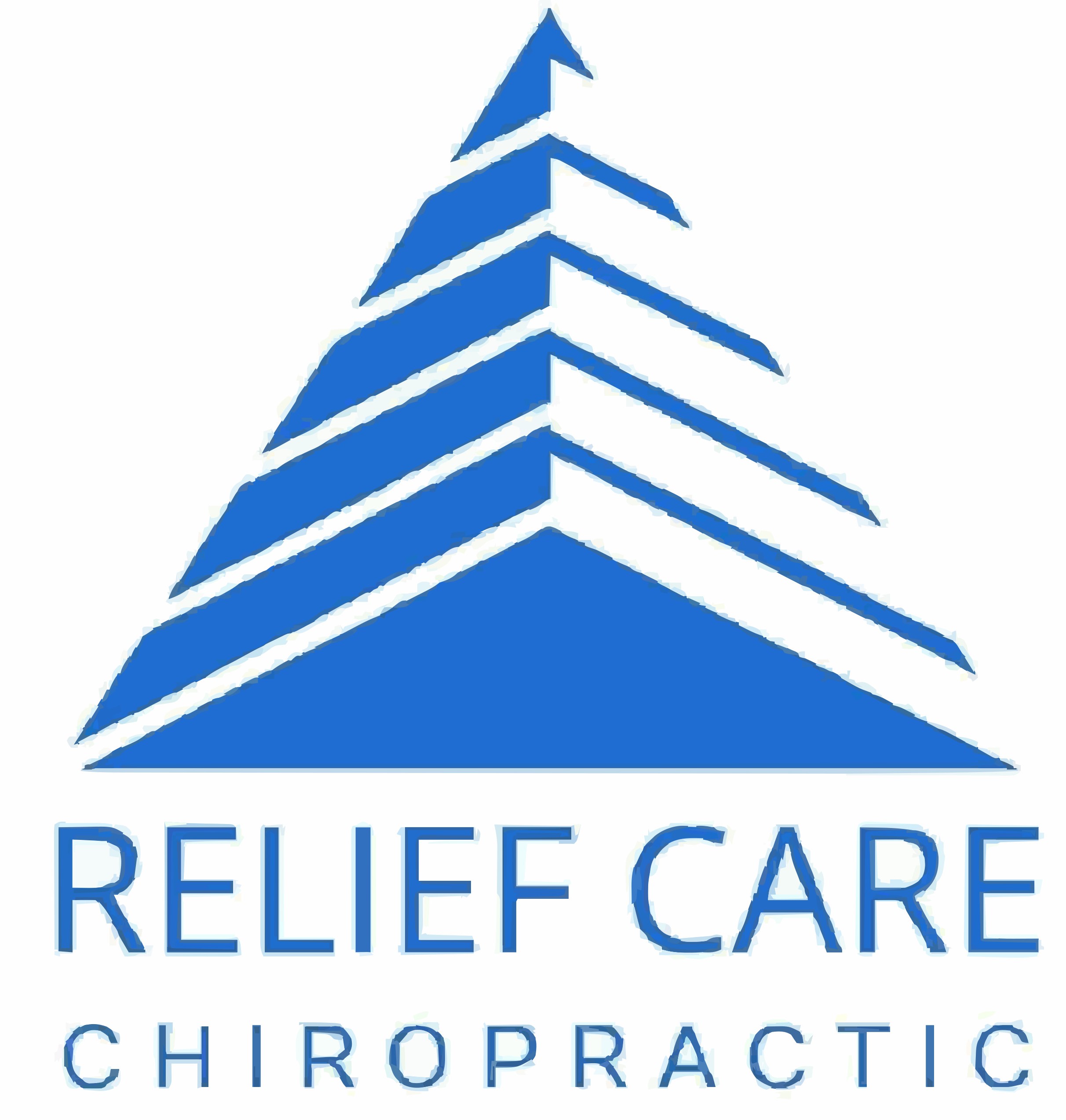Introduction to Laser Therapy
In recent years, laser therapy has emerged as a revolutionary treatment modality in the field of healthcare. This non-invasive procedure utilizes focused light to stimulate tissue repair and reduce inflammation, offering relief from various ailments. From chronic pain management to wound healing, the applications of laser therapy are vast and diverse.
How Laser Therapy Works
Laser therapy works on the principle of photobiomodulation, where light energy penetrates deep into the tissues, triggering biological responses at the cellular level. This process enhances cellular function, promotes tissue regeneration, and alleviates pain.
Types of Laser Therapy
- Low-Level Laser Therapy (LLLT): Also known as cold laser therapy, LLLT involves the use of low-intensity lasers to stimulate healing and reduce inflammation.
- High-Power Laser Therapy (HPLT): HPLT delivers higher doses of laser energy, making it effective for deeper tissue penetration and addressing more severe conditions.
Conditions Treated with Laser Therapy
Laser therapy has shown promising results in the treatment of various conditions, including chronic pain, sports injuries, wound healing, and arthritis. Its ability to accelerate the healing process and relieve pain makes it a preferred choice for many patients.
Advantages of Laser Therapy
One of the key advantages of laser therapy is its non-invasive nature, eliminating the need for surgery or medication. Additionally, it has minimal side effects and offers targeted treatment, ensuring precise delivery of therapy to the affected area.
Understanding the Mechanism of Action
Through photobiomodulation, laser therapy stimulates cellular activity, promoting increased blood flow and oxygenation. This, in turn, enhances tissue repair and regeneration, leading to improved healing outcomes.
Safety Considerations and Precautions
While laser therapy is generally considered safe, certain precautions must be taken to minimize risks. Patients with photosensitivity, malignancies, or pacemakers should consult with their healthcare provider before undergoing treatment.
The Role of Laser Therapy in Modern Medicine
Laser therapy has become an integral part of modern medicine, with its applications extending across various specialties. From pain management clinics to rehabilitation centers, healthcare professionals are increasingly incorporating laser therapy into their treatment protocols.
Case Studies and Success Stories
Numerous case studies and success stories attest to the effectiveness of laser therapy in relieving pain and promoting healing. Patients have reported significant improvements in their symptoms, allowing them to resume their daily activities with ease.
Future Trends in Laser Therapy
As technology continues to advance, the future of laser therapy holds great promise. Researchers are exploring new wavelengths and delivery methods to enhance the efficacy of treatment and expand its range of applications.
Cost and Accessibility
While laser therapy may be more costly than traditional treatments upfront, its long-term benefits often outweigh the initial investment. Moreover, as the technology becomes more widespread, it is expected to become more accessible to a larger segment of the population.
Combining Laser Therapy with Other Treatments
Laser therapy can be used in conjunction with other treatments, such as physical therapy or medication, to optimize results. This multi-modal approach allows for comprehensive care and personalized treatment plans tailored to individual needs.
DIY Laser Therapy Devices: Pros and Cons
With the rise of DIY healthcare devices, some individuals may be tempted to try laser therapy at home. While these devices offer convenience, they may lack the precision and expertise of professional treatments, posing potential risks if used improperly.
Debunking Myths and Misconceptions
Despite its proven efficacy, laser therapy is sometimes surrounded by myths and misconceptions. By debunking these falsehoods and educating the public, we can foster greater awareness and acceptance of this valuable treatment modality.
Conclusion: Harnessing the Healing Power of Laser Therapy
In conclusion, laser therapy represents a cutting-edge approach to healing, offering safe, effective, and non-invasive treatment options for a wide range of conditions. By harnessing the power of light, we can unlock the body’s innate ability to heal itself and improve the quality of life for countless individuals.
FAQs
- Is laser therapy painful?
Laser therapy is generally painless, with most patients experiencing a gentle warming sensation during treatment.
- How many sessions of laser therapy are needed?
The number of sessions required depends on the condition being treated and its severity. Your healthcare provider can recommend a treatment plan tailored to your specific needs.
- Are there any side effects of laser therapy?
While rare, some patients may experience mild side effects such as redness or swelling at the treatment site. These usually subside quickly and are considered temporary.
- Can laser therapy be used alongside other treatments?
Yes, laser therapy can complement other treatments such as physical therapy or medication, enhancing overall outcomes and speeding up the healing process.
- Is laser therapy suitable for everyone?
Laser therapy is generally safe for most individuals. However, certain medical conditions or contraindications may preclude some patients from undergoing treatment. It’s essential to consult with a qualified healthcare provider to determine if laser therapy is right for you.
